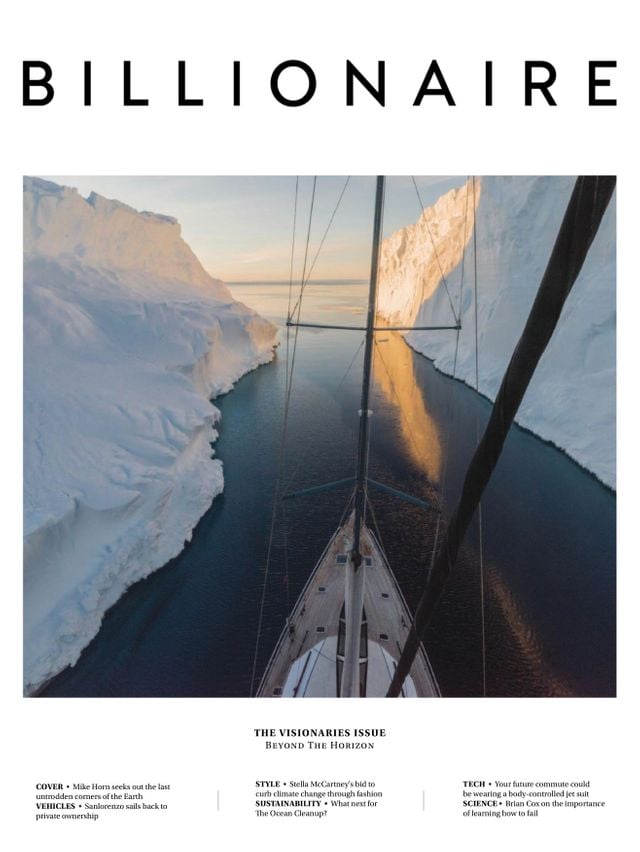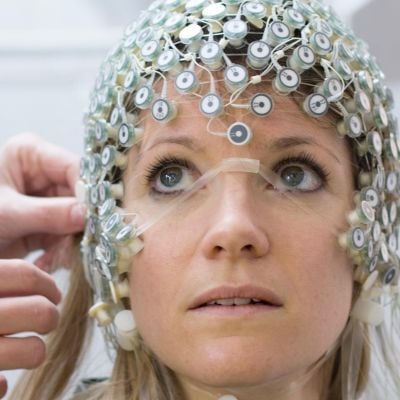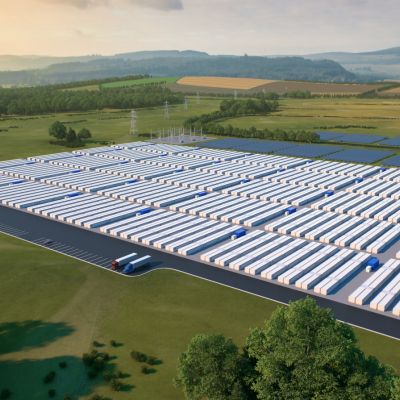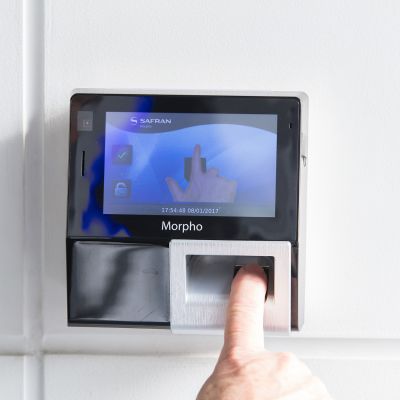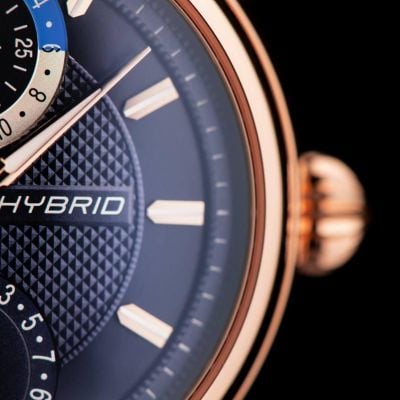Redesigning The Future
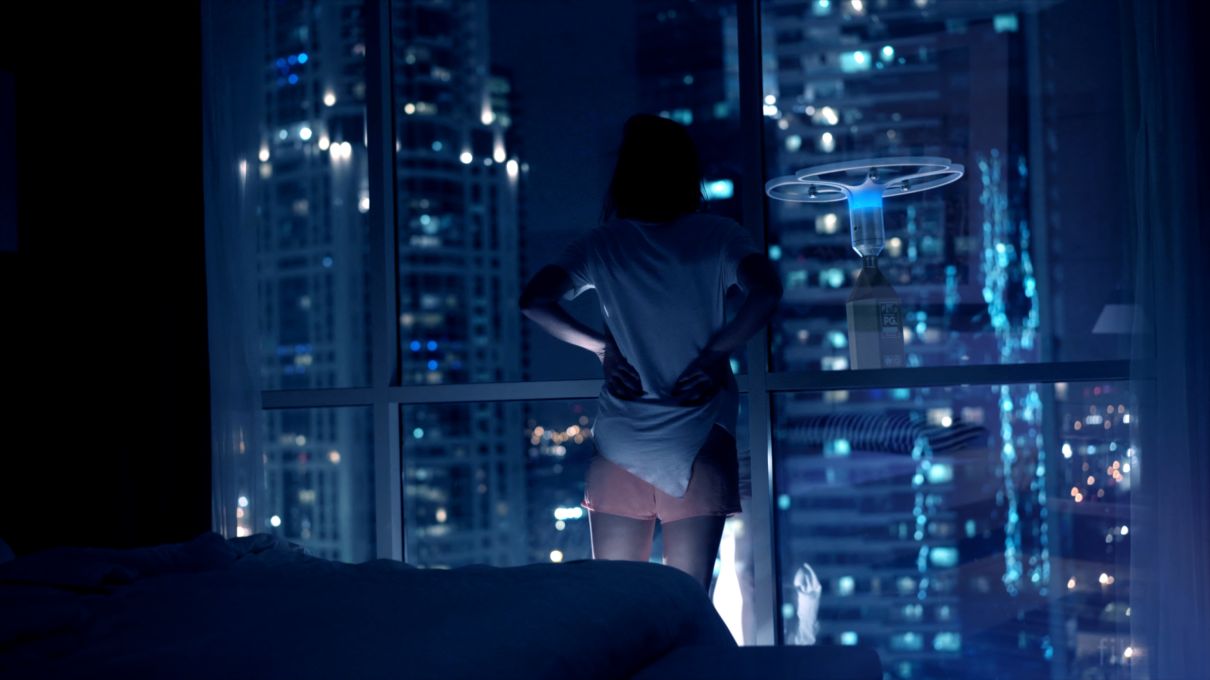
Paul Priestman is a designer thinking 20 years ahead of his time.
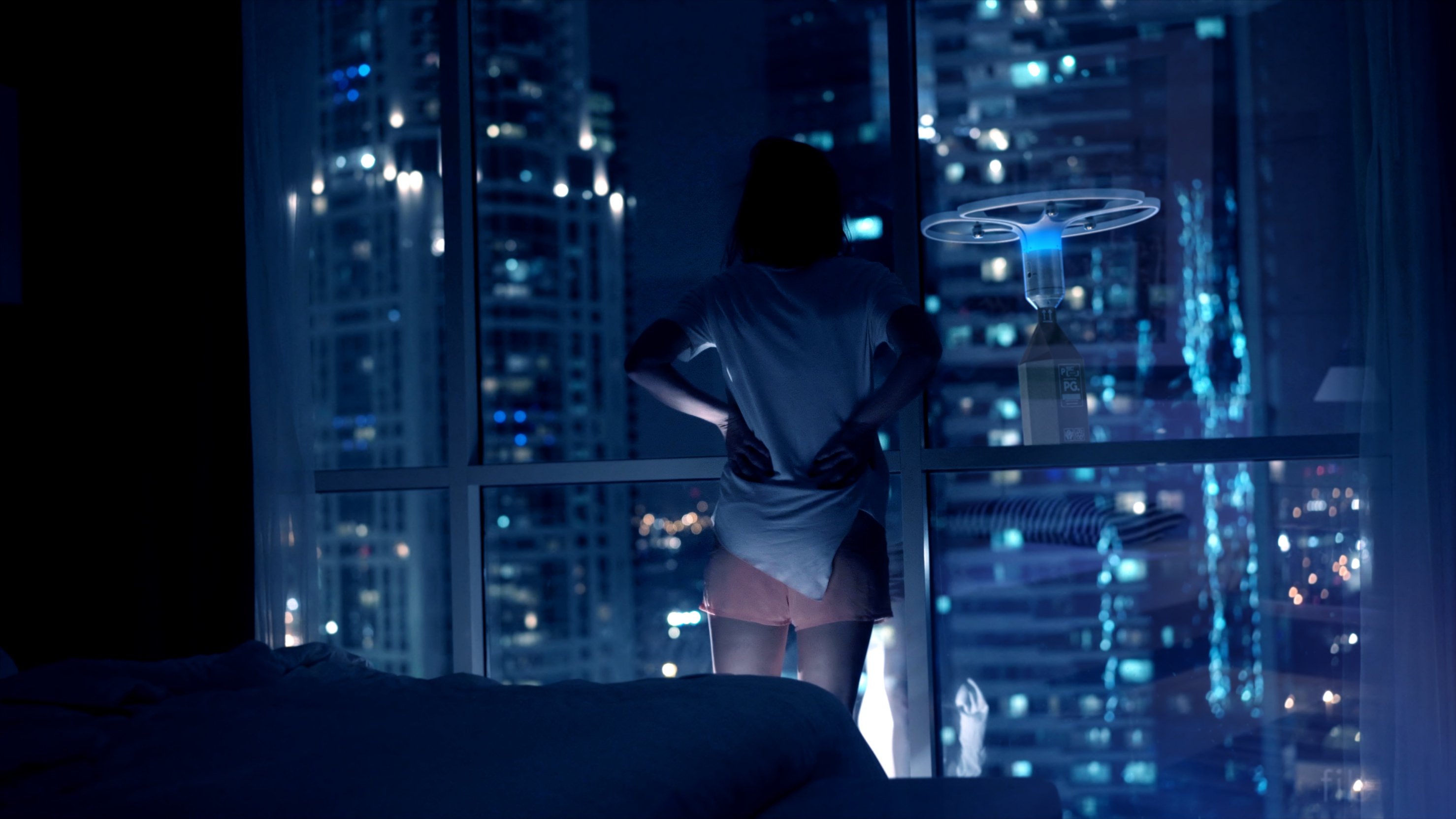
Travel is something we do every day without thinking, whether by car, train, bicycle or on foot. It can be one of the greatest frustrations in our lives and, in most cities, a subject that is highly political.
But the global transport system will be one of the most dramatically changing industries of the next two decades, reckons Paul Priestman, a world-respected industrial designer and founding director of PriestmanGoode, a London-based design studio behind one of the Hyperloop designs.
“In 20 years, rush-hour commutes won’t exist,” says Priestman, over a cup of tea at Dubai’s Design Week. “We will look back at this time and think, isn’t it crazy they were so limited by sitting in a car for 45 minutes?”
Priestman has always wanted to be part of “designing the big picture”, ever since he was a precocious seven-year-old welding his grandfather’s old lawn-mower into a go-cart. Since co-founding his eponymous company 30 years ago, he has been voted one of Britain’s 500 most influential individuals by The Sunday Times and was awarded the Design Innovation Medal: one of the highest accolades given by the London Design Festival. He is now one of the pre-eminent designers of the global travel industry, with millions using his designs every day.
Take, for example, the first ever lie-flat seats he designed for Virgin Airlines in the 1990s that led to countless aviation projects. Or the New Tube for London, which aims to cater to the city’s growing population, with walk-through carriages, digital screens, wider doors and air conditioning on the deep lines.
Priestman’s next step is for subway systems to leverage this generation’s digital addiction. “We’re going through a phase where people are not moving like crowds, because they’re on their phones. Technology can take advantage of that, for example, if the train sends you a message telling you to get up now, it’s your station.”
His recent projects may seem futuristic. Priestman describes Hyperloop as “more spaceship than train” but he insists they are within reach. PriestmanGoode designed the capsules for Hyperloop Transportation Technologies (HTT): sleek, 32m-long bullet-shaped pods, each able to accommodate 40 passengers at speeds of 700 miles per hour. The first prototype was launched in Spain last October. HTT, a direct competitor to Elon Musk’s SpaceX and Richard Branson’s Virgin Hyperloop One, says its first train will be ready for passengers this year. Made from a newly developed material called Vibranium, the train will be electromagnetically propelled through a semi-vacuum tube.
Hyperloop is set to launch in Dubai, Ukraine, Switzerland and China, with many more countries in talks. Priestman says Hyperloop reveals much about generational attitude to design. “We’ve got a showroom in Great Portland Street filled with photos of the Hyperloop. Families walk past and the kids say, look it’s Hyperloop, and the parents say, what? It’s exciting to see the new generation of ‘can doers’.”
The growth of online shopping sparked another lightbulb moment for Priestman, when he realised how much congestion delivery trucks cause. “Every time you order something online, you’re causing a potential traffic jam. So, if you can deliver at high altitude, it will remove the vans at ground level and ease up the streets.”
Delivery drones provide the perfect solution, but the problem is that people find them sinister, says Priestman. “With Dragonfly I had this idea that they could be soft and analogue, like leaves in the wind.”
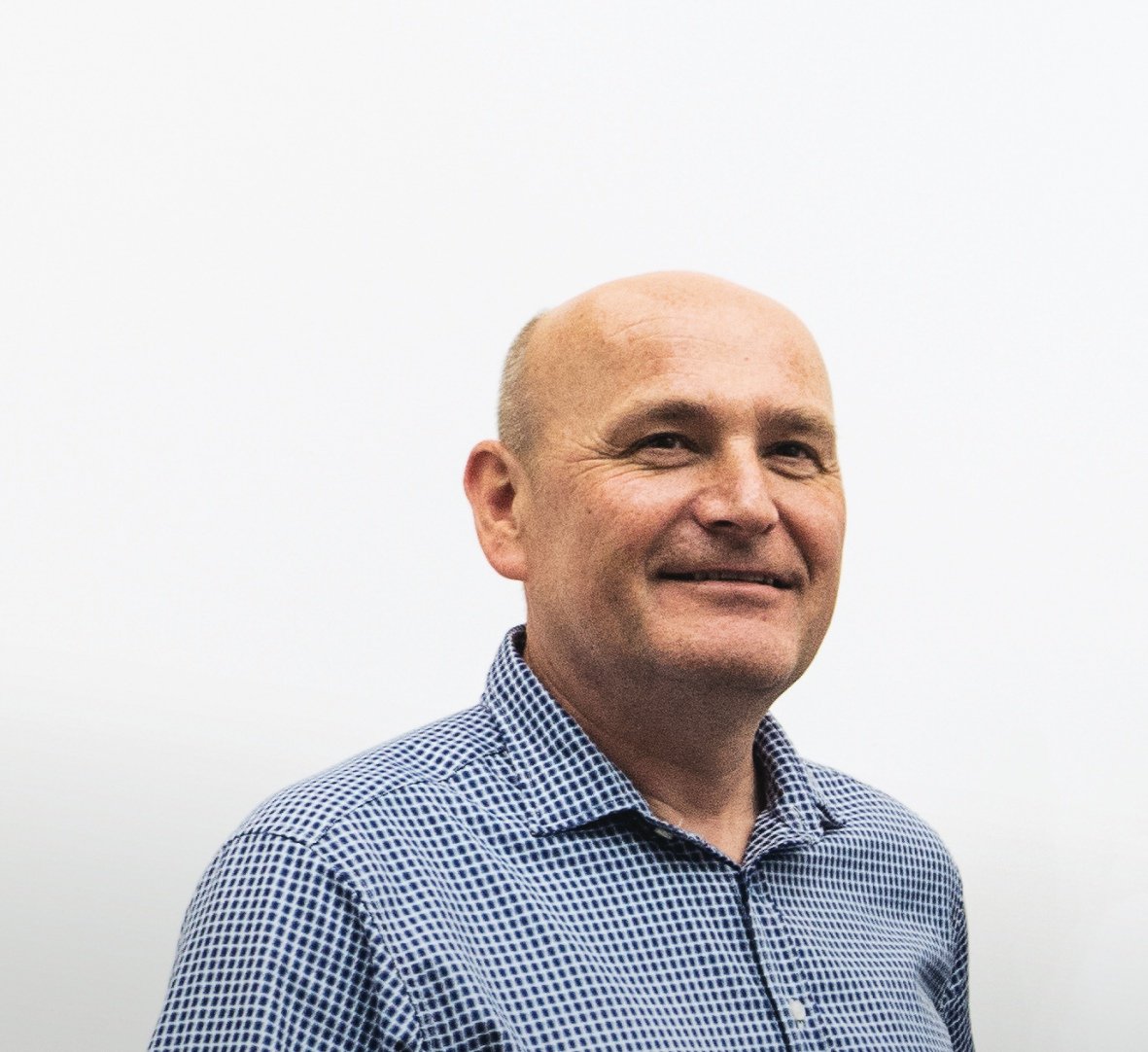
Every city is built on a river or sea, he adds, so why not float autonomous mobile stations that go into cities where the drones can recharge and pick up their parcels. “The station releases the drones at night, and they can deliver at different heights directly to people’s windows, where they can dock and charge,” he describes.
How long until Dragonfly Drones are delivering our shopping? Priestman shrugs. “The technology is there, one of the big issues is regulation. The problems that many governments have is that technology is moving so fast that politics is left behind.”
On the other hand, there are many cities out there, like Dubai, which are not hamstrung by bureaucracy and keen to be first movers. They are likely to welcome Dragonfly Drones and flying passenger drone taxis he reckons.
Priestman finds his inspiration by looking closely at the cities he works in. “Nine AM in most cities in the world is the same — massive congestion and chaos — and it’s only going to get worse. I find that very depressing.” He points to city designs such as The Highline: a 1.45-mile elevated pedestrian path across New York’s old Central Railroad, which has become an essential commuter route. He also loves Hong Kong’s iconic Mid-Levels-Central travelator. “If we can do more to adopt walking to work as part of the integrated transport system you wouldn’t have to build so many stations and there wouldn’t be so much congestion, plus there would be huge benefits to health.”
He adds that in 20 years, as more people work from home and transport systems develop, growing both into the air and below the ground, rush hour will become a thing of the past. “All that space around us, it’s crazy that we only use ground level.” He envisages a transport tunnel whereby cars are slotted into tracks so they can travel at high speed in convoy, like a train. When you want to exit, for your home or your office, you can slow down and get off at the next ramp. “It’s always the first and last mile on a commute that creates a problem for people,” Priestman reasons.
But by then Priestman will be long retired, snug in his Northumberland farmhouse that he has spent 10 years redesigning entirely off the grid. On what was abandoned sheep-grazing pasture, he has planted a forest of 100,000 trees of broadleaf trees, the native woodland. “I’m just putting it back to what it was pre-man. It’s an amazing experiment because you think if you plant a forest, you’ll never see it in this lifetime, but that’s not true. We’ve seen the trees growing and the wildlife coming back.”
He has high hopes for the next generation of designers. “All kids are creative designers, but then you lose it as you become inhibited, and it can be many years before it returns. If design has taught more widely, we can hold onto that creative mindset.”
This article originally appeared in Billionaire's Visionaries Issue, March 2019. To subscribe contact

